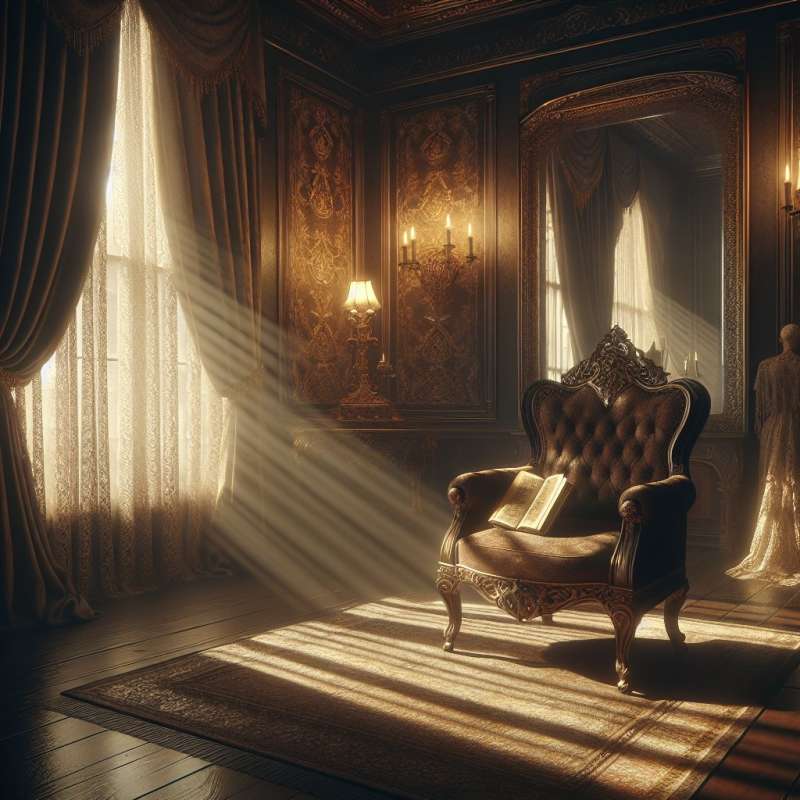
Dracula's Literary Genesis
Bram Stoker's 'Dracula' wasn't the first vampire tale, but it did consolidate vampire lore into one iconic figure. Stoker spent seven years researching European folklore and stories of vampires to create his Count Dracula.
Transylvanian Inspiration Misconception
Contrary to popular belief, Stoker never visited Transylvania. His depiction was based on research and imagination. Transylvania's association with vampires largely stems from Stoker's novel and its subsequent popularity.
Count Dracula's Historical Link
Stoker named his vampire after Vlad III, known as Vlad the Impaler. While Vlad wasn't a vampire, his brutal acts and family's name, Dracul, influenced Stoker's infamous character.
Novel's Narrative Style
Stoker's 'Dracula' is told through diaries, letters, and newspaper clippings. This epistolary format was innovative for its time and adds a layer of realism to the chilling tale.
Sexuality and Victorian Era
The novel subtly addresses Victorian anxieties about sexuality. Stoker's depiction of vampire attacks can be seen as metaphors for sexual acts, reflecting the era's tensions and taboos.
Dracula's Technological Touch
'Dracula' features contemporary Victorian technologies such as the telegraph and typewriter, underscoring the clash between modernity and ancient evil. It exemplifies the fears of an age facing rapid technological change.
Dracula's Lasting Impact
Stoker's 'Dracula' didn't receive immediate acclaim, but it has since inspired countless adaptations and shaped the portrayal of vampires in media. It remains a foundational work in horror literature.
Who inspired Count Dracula's name?
A Transylvanian noble
Vlad the Impaler
Stoker's imagination only
Company